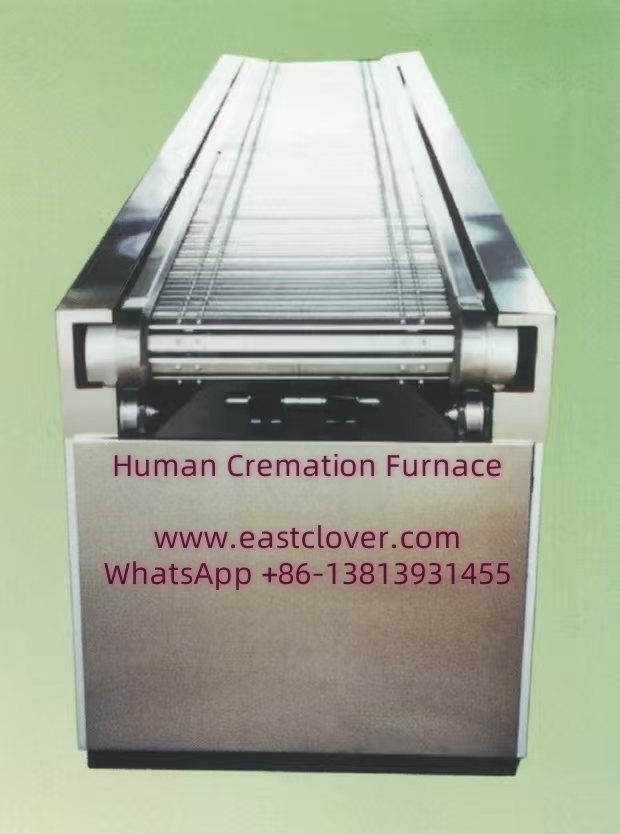Introduction
Human cremation furnaces are complex machinery requiring meticulous care to ensure optimal performance, regulatory compliance, and safety. Regular maintenance minimizes operational disruptions, extends the equipment’s lifespan, and upholds the dignity of the cremation process. This news outlines the best practices for maintaining cremation furnaces and highlights the role of professional maintenance services in supporting facility operations.
Top 10 Best Practices for Routine Human Cremation Furnace Maintenance
-
1. Conduct Daily Visual Inspections
Inspect the furnace for debris, cracks, or corrosion. Verify door seals, control panels, and burner functionality. Early detection of issues prevents costly repairs.
-
2. Clean the Combustion Chamber and Flue Systems
Remove ash and residues daily to prevent blockages. Use non-abrasive tools to avoid damaging refractory materials. Schedule deep cleaning monthly.
-
3. Monitor Refractory Lining Integrity
Check for cracks, warping, or erosion in the refractory lining. Repair minor damage immediately to prevent heat loss or structural failure.
-
4. Maintain Burners and Fuel Systems
Clean burner nozzles, inspect igniters, and ensure fuel lines are leak-free. Adjust air-to-fuel ratios to optimize combustion efficiency.
-
5. Calibrate Temperature Sensors and Controls
Verify thermocouple accuracy and control system responsiveness. Inaccurate readings can lead to incomplete cremations or excessive energy use.
-
6. Inspect Door Seals and Gaskets
Test door seals for airtight closure. Replace worn gaskets to prevent heat escape, reduce emissions, and improve safety.
-
7. Evaluate Electrical Components
Check wiring, junction boxes, and safety switches for wear. Tighten connections and replace frayed cables to avoid electrical hazards.
-
8. Optimize Airflow and Ventilation
Clean air intake filters and exhaust ducts. Ensure dampers function properly to maintain efficient combustion and reduce particulate emissions.
-
9. Schedule Professional Servicing
Engage certified technicians for bi-annual inspections. They can address complex issues like refractory replacement or emissions system adjustments.
-
10. Document Maintenance Activities
Keep logs of inspections, repairs, and part replacements. This aids compliance reporting and identifies recurring problems for preventive action.
www.southclover.com
Proactive maintenance of cremation furnaces ensures reliability, compliance with environmental standards, and respectful service delivery. By adhering to these best practices and partnering with professional maintenance providers, facilities can mitigate operational risks and uphold their commitment to quality. Consistent care not only safeguards equipment but also honors the trust placed in cremation services by families and communities.
FAQs
1. How often should a cremation furnace undergo maintenance?
Daily inspections and weekly cleanings are essential. Professional servicing should occur every 6–12 months, depending on usage and manufacturer guidelines.
2. What are the signs a furnace needs immediate maintenance?
Uneven heating, unusual odors, smoke leakage, or error messages on control panels indicate urgent maintenance needs.
3. Can operators clean the furnace internally without professional help?
Basic cleaning (e.g., ash removal) is operator-managed, but deep cleaning of refractory materials or flue systems should be handled by technicians.
4. How long does a typical cremation furnace last with proper maintenance?
Well-maintained furnaces can operate efficiently for 15–25 years. Refractory linings may need replacement every 3–5 years.
5. Does maintenance affect compliance with environmental regulations?
Yes. Regular upkeep reduces harmful emissions and ensures adherence to local air quality standards. Proper documentation is critical during audits.
6. What factors influence the cost of maintenance services?
Costs vary based on furnace size, frequency of use, part replacements (e.g., refractories), and regional service rates.
7. Are there risks to skipping routine maintenance?
Neglect can lead to equipment failure, increased emissions, higher energy costs, and legal penalties for non-compliance.
8. How does burner maintenance impact cremation efficiency?
Clogged or misaligned burners waste fuel and prolong cremation cycles. Proper maintenance ensures optimal combustion and reduced operational costs.
9. Can software updates improve furnace performance?
Yes. Upgrading control system software can enhance temperature regulation, diagnostics, and energy efficiency.
10. What training should staff receive for basic maintenance tasks?
Operators should be trained in visual inspections, ash removal, seal checks, and emergency shutdown procedures to ensure safety and compliance.

Comments are closed